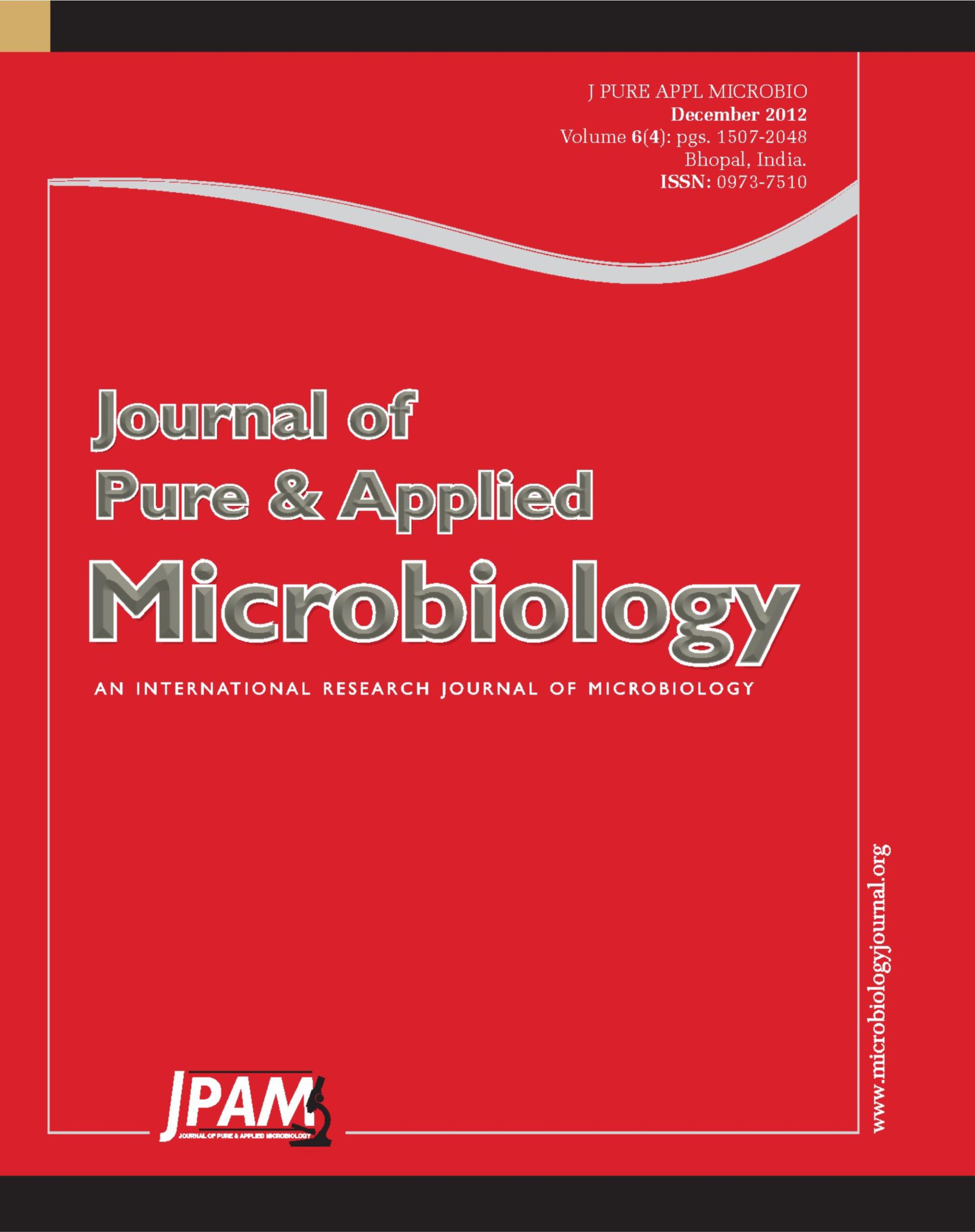A total of one hundred and fifty rhizospheric soil samples were collected from the different vegetable (tomato, egg plant, chilli) growing fields in and around Namakkal district, Tamil Nadu, India. Ten isolates of Azotobacter sp. were isolated from the rhizospheric soils of vegetable plants using Jenson’s and Ashby’s mannitol selective media. The isolated Azotobacter strains were characterized and identified based on morphological and biochemical characteristics. Multiple plant growth promoting activities of Azotobacter isolates were determined in terms of IAA production, NH3 release, PO4 solubilization, HCN and siderophore production. IAA production of the Azotobacter isolates were tryptophan concentration dependent. Most of the Azotobacter isolates were tolerant to zinc and mercury concentration of 100-200 µg/ml. Antifungal activity of the Azotobacter was determined against Aspergillus flavus, Cercospora sp. and Fusarium oxysporum and found higher zone of inhibition (18-26 mm) at higher concentration of culture suspension.
Rhizospheric soil, Plant growth promoting activities, Heavy metal tolerance, Antiphytopathogenic fungal activity
© The Author(s) 2012. Open Access. This article is distributed under the terms of the Creative Commons Attribution 4.0 International License which permits unrestricted use, sharing, distribution, and reproduction in any medium, provided you give appropriate credit to the original author(s) and the source, provide a link to the Creative Commons license, and indicate if changes were made.


